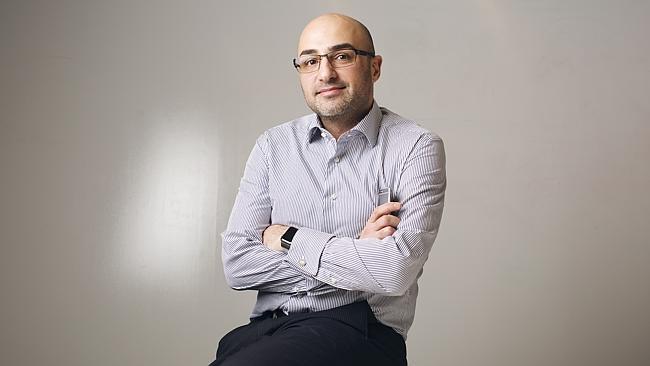Virtual reality: Samsung, Sony to gain most as demand soars
Local appetite for virtual reality experiences set to soar, with Sony and Samsung in the box seat.

Consumer appetite for virtual reality experiences is set to soar in Australia, with the latest study from Telsyte pointing to demand for VR headsets easily outstripping supply this year.
The analyst firm’s latest VR and AR (augmented reality) study predicts that 110,000 headset units will be sold in 2016 with sales rapidly growing to more than 500,000 units in 2020.
Samsung and Sony are shaping up as the key beneficiaries of the unfolding revolution, according to Telsyte, and are likely to beat the PC-based VR solutions by Oculus and HTC to the punch on the adoption front.
Most of the initial demand for VR will be driven by video gamers who by and large see the technology as the next frontier in immersive entertainment.
Last year, Australians spent almost $3 billion on video games and related hardware, software and subscription services, according to the Interactive Games and Entertainment Association.
With one in two Australian households sporting a games console — about a third of them had a current generation model, such as PlayStation 4 — Telsyte managing director Foad Fadaghi said that VR for consoles look set to achieve the largest share by value in the Australian market for at least the next two years. Beyond 2017, the availability of advanced mobile and PC-based options should help lift the share of non-console based VR.
“From our understanding, looking at the commercial structures, Sony and Samsung seem to be best placed to market these devices in Australia at this time — they have the best relations with retailers such as Harvey Norman and JB Hi-Fi and they are telling analysts about it,” Mr Fadaghi said.
“Sony has 25 years experience in building games consoles. There are about 1 million PlayStation 4 consoles in the market in Australia. It is an advantage for Sony, it (the headset) is an accessory to a project they own.”
He said many computers and smartphones would need to be upgraded to use VR and AR add-ons.
“It might be $1000-$2000 for an Oculus or HTC Vive. We do believe there is a place for PC-based VR, but at the current pricing it is not going to be as cost-effective for users as for a PlayStation 4,” Mr Fadaghi said.
The VR and AR market is also likely to spawn an ecosystem of developers, much like web and mobile app developers existed previously.
Telsyte’s survey, based on a sample of 1000 Australian consumers aged 16 and over, found half were aware of VR technology, with about 20 per cent wanting to purchase a VR capable device.
According to the study, VR is unlikely to replace existing technologies such as smartphones, computers or tablets, with many VR devices designed as accessories or companions to these existing technologies. Those who used a “gateway” VR solution, such as Google Cardboard, were likely to use the full experience concurrently. “Some could use both Sony VR for serious gaming and mobile VR for casual gaming,” he said.
Pre-ordering has already begun for two of the three most anticipated VR headsets: HTC’s Vive and Oculus Rift, made by the Facebook-owned Oculus VR.
HTC Vive pre-orders for its consumer edition began on March 1 with commercial availability from May. For $US899 ($1215), users get two wireless VR controllers, room scale movement sensors, a head-mounted display with a built in camera, and three VR titles: Tilt Brush by Google, Job Simulator and Fantastic Contraption.
The Oculus Rift will cost Australians $US649 plus shipping. Users get a headset, a stationary USB sensor with head tracking, an Xbox One controller for games, and the Oculus Remote, which lets users navigate non-game menus and entertainment while wearing the headset. The Rift will start shipping on March 28.
Both headsets require a fast PC with high-end graphics. Users have three choices: upgrade an existing computer, buy a powerful PC themselves or buy one as part of a bundle deal with the headset.
Sony’s headset doesn’t require a separate PC as it attaches to an existing PlayStation 4 gaming console. The Japanese manufacturer is expected to announce its availability and cost on March 15 in San Francisco.
Samsung’s Gear VR headset is already in market; early buyers of the Galaxy S7/S7 edge smartphones get the latest Gear VR headset model for free. It is a portable, cut-down version of Rift. The S7/S7 edge will sell from Friday.


